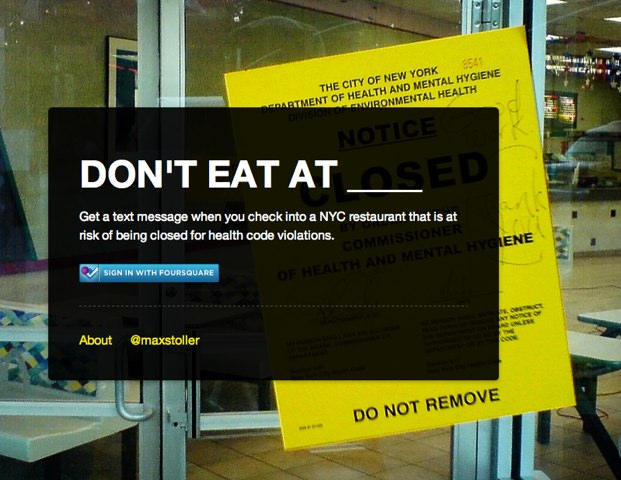
The Power of API: Bringing Extraordinary Services to the Public
If you think we have reached the pinnacle of using services provided by smart apps, think again.
Sure, app technology is currently at its finest, but its finest is constantly being redefined and the boundaries pushed a little bit further each day.
Sharing > Combining > Better Apps
APIs (or application programming interfaces) of some of the most popular services are being used by numerous startups in order to bring valuable services to the general public and help us with our most esoteric of needs, because, well, they can.
ProgrammableWeb is one of the most popular and nicely developed API websites which offers a vast number of various plugins and mashup examples.
Let’s take companies like Facebook and Google’s API explorer into account. These companies share data with the programmers, but this data ends up being almost anything but the fabric of apps. By combining various datasets with the user input, the companies can create new and improved apps which can introduce better personalization and enhanced user experience. Pretty amazing stuff!
On the other hand, there will always be a certain discrepancy between the data provided by an API and what the data holder actually has in store.
For instance, Facebook appears to be rather open in terms of providing user data, which means users have the ability to control exactly what data gets shared, while e-stores tend to be quite possessive of their precious data.
Publicly available data can be useful for huge projects based on location-spanning. CityBeat, for example, attempts to map ‘the heartbeat’ of the city via social media updates and maps. There is also DontEat.at app that warns FourSquare users if a particular restaurant they’ve checked in at has been flagged for possible health code violations.

In the latter the app is sourcing useful data from two different ‘locations.’ First one is FourSquare, and the second one is a list maintained by the authorities, providing the public with better odds against food poisoning.
These projects are perfect examples of forward thinking and creative use of data, and of a better way of producing the new generation of apps which are of real use to the public.
Naturally, even better results are achieved when necessary data is abundant and when the ultimate purpose of the app can actually save lives. Take NeighborhoodScout for example, which aggregates Census data and other sources, visualizing with the help of Google Maps, in order to bring vital information on a particular neighborhood.
The user who is considering a move to a certain location, can learn useful data on property prices, schools in the area and even crime rates.
There are also other apps which are more fun-oriented. Games, quizzes, personality readers and other not-so-useful, but entertaining applications which don’t really serve extraordinary purposes to the public, but are great time killers and can be a lot of fun.
Two is Company, Three’s a Crowd?
However, there will always be a certain, inherent tension between the three parties involved. The big hosts, naturally, want to benefit from their data, not simply share it. They are in because of the profit, after all.
Developers, on the other hand, will do anything to comb the vast data archives in order to come up with solutions for new and improved apps, while regular users share their data only if they can see and feel a tangible benefit, otherwise they tend to keep their data firmly under wraps.
There isn’t a simple solution, but when all the puzzle pieces fit perfectly together and all three sides end up on the same page, we get extraordinary new apps which are more three-dimensional, and that’s what API is all about.
